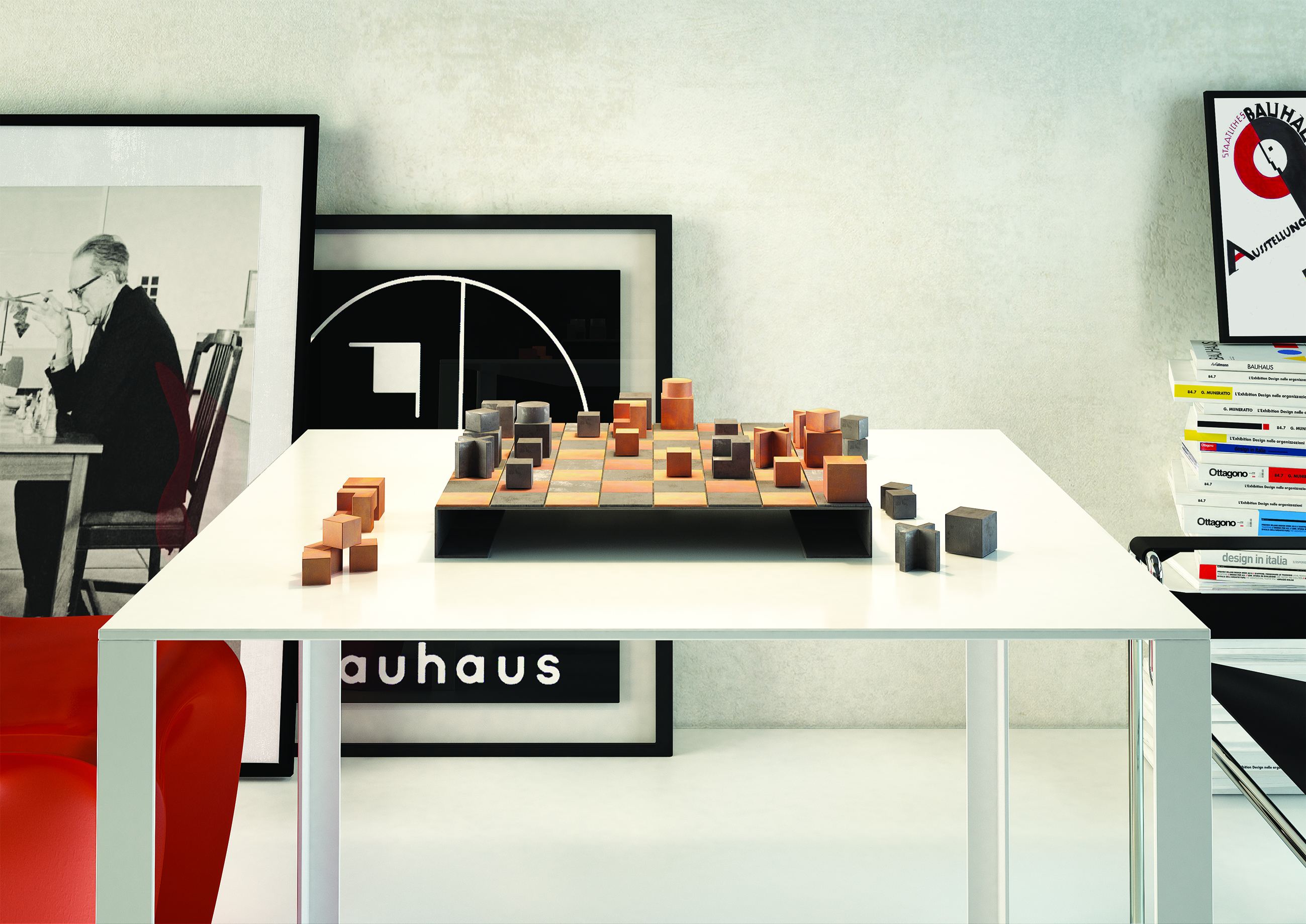Between theory and practice: teaching Design in Cole, Bauhaus and HfG Schools
DOI:
https://doi.org/10.19229/2464-9309/3242018Keywords:
education, history, workshop, University, businessAbstract
The task of Universities is educating minds to contribute to society’s cultural development. In recent times, however, in Italy we are experiencing a gap between what is studied at University and what happens in the business world. To demonstrate how education (and also research) must be linked to the business world, I will highlight the work of three institutions that have marked fundamental milestones in design history: the Government School of London, founded by Henry Cole in the nineteenth century, the Bauhaus and the Hochschule für Gestaltung of Ulm. The result is a close and foreseeing link between education, experimentation and the business world in these excellence institutions; making possible important experiences that underlie design. In a nutshell, in design studies, deep entwinement between theory and practice is not merely a necessity but the essence of the design itself.
Downloads
Article Metrics Graph
References
Aa. Vv. (2018), Storie. IL design italiano, Electa, Milano.
Albers, J. (2001), “Insegnare il design”, in Pierini, M. (ed.), Josef Albers, Silvana Editoriale, Cinisello Balsamo (MI), pp. 87-97.
Anceschi, G. (1985), “Etologia dell’image”, in Idem, Monogrammi e figure – Teorie e storie della progettazione di artefatti comunicativi, La casa Usher, Firenze 1988, II ed., pp. 172-184.
Argan, G. C. (1953), “Tecnica e arte”, in Idem, Progetti e oggetto, Medusa, Milano 2003, pp. 39-42.
Argan G. C. (1957), “Marcel Breuer. Disegno industriale e architettura”, in Idem, Progetti e oggetto, Medusa, Milano 2003, pp. 129-168.
Bauhaus Archiv and Droste, M. (2006), Bauhaus 1919-1933, Taschen, Köln.
Brüning, U. (1999), “Herbert Bayer”, in Fiedler, J. and Feierabend, P. (eds), Bauhaus, Könemann, Köln 2000, pp. 332-341.
Bürdek, B. E. (1992), Design – Storia, teoria e prassi del disegno industriale [orig. ed. Design: Geschichte, Theorie und Praxis der Produktgestaltung, 1991], Mondadori, Milano.
Cole, H. (1949), “Dichiarazione d’intenti”, in Pasca, V. and Pietroni, L. (eds), Christopher Dresser 1134-1904. Il primo industrial designer – Per una nuova interpretazione della storia del design, Lupetti, Milano 2001, pp. 136-141.
Droste, M. (2001), “Die Möble von Marcel Breuer”, in Droste, M., Ludewig, M. and Bauhaus Archiv (eds), Marcel Breuer designer, Taschen, Köln, pp. 6-35.
Giedion, S. (1967), L’era della meccanizzazione [orig. ed. Mechanization Takes Command, 1948], Feltrinelli, Milano.
Gioia, F. (2015), EXTRO | Design generativo per un mattoncino polidirezionale, Caracol and Urban Apena, Palermo.
Gropius, W. (1919), “Programma del Bauhaus statale di Weimar”, in Wingler H. M. (ed.), Il Buahaus – Weimar Dessau Berlino 1919-1933, [orig. ed. Das Bauhaus, 1962], Feltrinelli, Milano 1972, p. 63.
Gropius, W. (1921), “La necessità per il Bauhaus del lavoro su ordinazione”, in Wingler, H. M. (ed.), Il Bauhaus – Weimar Dessau Berlino 1919-1933, [orig. ed. Das Bauhaus, 1962], Feltrinelli, Milano 1972, p. 99.
Gropius, W. (1922), “La vitalità dell’idea del Bauhaus”, in Wingler, H. M. (ed.), Il Buahaus – Weimar Dessau Berlino 1919-1933, [orig. ed. Das Bauhaus, 1962], Feltrinelli, Milano 1972, pp. 100-102.
Gropius, W. (1924), “Breviario per i membri del Bauhaus (abbozzo)”, in Wingler, H. M. (ed.), Il Buahaus – Weimar Dessau Berlino 1919-1933, [orig. ed. Das Bauhaus, 1962], Feltrinelli, Milano 1972, p. 137.
Gropius, W. (1935), La nuova architettura e il Bauhaus, Abscondita, Milano 2004.
Hahn, P. (1996), “Idee e utopie degli anni di fondazione”, in De Michelis, M. and Kohlmeyer, A. (eds), Bauhaus 1919-1933 – Da Klee a Kandinsky, da Gropius a Mies van der Rohe, Mazzotta, Milano, pp. 37-61.
Henrion, F. H. K. and Parkin, A. (1967), Design Coordination and Corporate Image, Studio Vista, Rainhold Publishing Corporation, London-New York.
Maldonado, T. (1976), Disegno industriale – un riesame, Feltrinelli, Milano 2008.
Pasca, V. and Pietroni, L. (eds) (2001), Christopher Dresser 1134-1904 – Il primo industrial designer – Per una nuova interpretazione della storia del design, Lupetti, Milano.
Pasca, V. and Russo, D. (2005), Corporate Image – Un secolo di immagine coordinata dall’AEG alla Nike, Lupetti, Milano.
Riccini, R. (2009), “L’esperienza italiana”, in Aa. Vv. (eds), Maldonado, Skira, Milano, pp. 156-177.
Russo, D. (2018a), “Ernesto Basile – Dall’architettura d’interni all’industrial design”, in Op. cit., n. 161, gennaio, pp. 68-80.
Russo, D. (2018b), Sicilia InForma | 2014-2018 Quattro anni di design insulare, Palermo University Press.
Russo, D. (ed.) (2015), ProTesi – Materiali di design, Caracol and Urban Apena, Palermo.
Semper, G. (1852), “Scienza, industria e arte”, in Pasca, V. and Pietroni, L. (eds), Christopher Dresser 1134-1904 – Il primo industrial designer – Per una nuova interpretazione della storia del design, Lupetti, Milano 2001, pp. 189-215.
Wingler, H. M. (ed.), Il Buahaus – Weimar Dessau Berlino 1919-1933, [orig. ed. Das Bauhaus, 1962], Feltrinelli, Milano 1972.

Downloads
Published
How to Cite
Issue
Section
License
This Journal is published under Creative Commons Attribution Licence 4.0 (CC-BY).
License scheme | Legal code
This License allows anyone to:
Share: copy and redistribute the material in any medium or format.
Adapt: remix, transform, and build upon the material for any purpose, even commercially.
Under the following terms
Attribution: Users must give appropriate credit, provide a link to the license, and indicate if changes were made; users may do so in any reasonable manner, but not in any way that suggests the licensor endorses them or their use.
No additional restrictions: Users may not apply legal terms or technological measures that legally restrict others from doing anything the license permits.
Notices
Users do not have to comply with the license for elements of the material in the public domain or where your use is permitted by an applicable exception or limitation.
No warranties are given. The license may not give users all of the permissions necessary for their intended use. For example, other rights such as publicity, privacy, or moral rights may limit how you use the material.


















































































